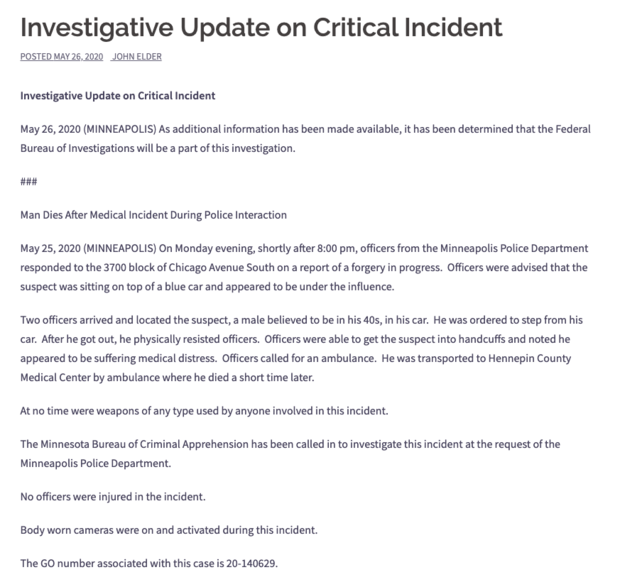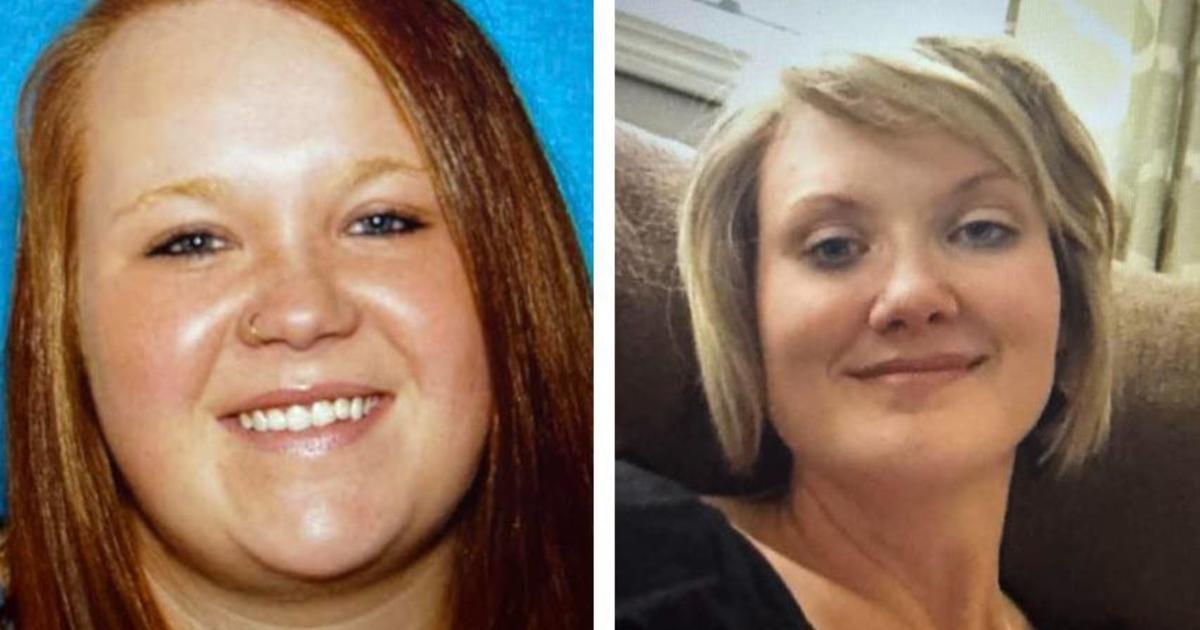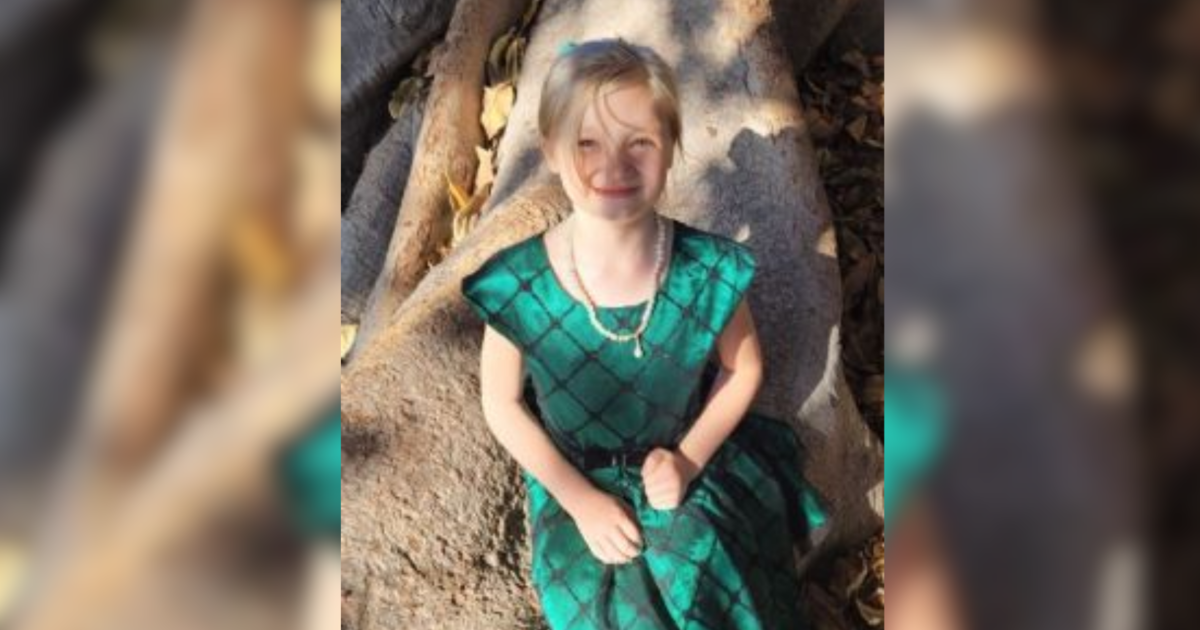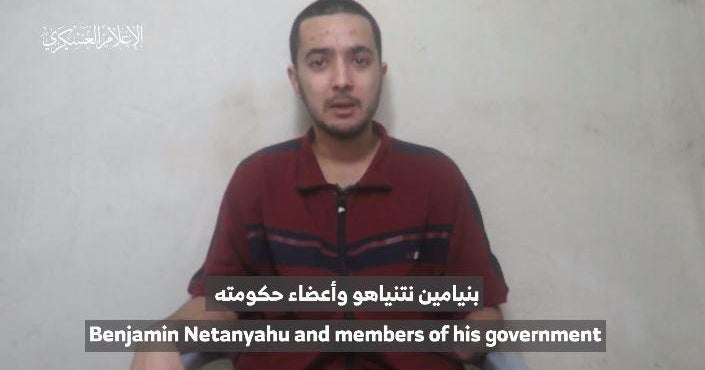Chauvin verdict comes year after police said Floyd's death stemmed from "medical distress"
On May 25, 2020, the Minneapolis Police Department released its first statement regarding the fatal arrest of George Floyd. In it, police painted a picture of a man who was resisting arrest and suffered "medical distress," but there was no mention of officers holding Floyd down while Derek Chauvin kneeled on his neck for more than 9 minutes.
Yesterday, almost a year after the incident that the Minneapolis police originally described as a "medical incident during police interaction," Chauvin was found guilty of second-degree murder and other charges for killing George Floyd.
The initial statement from the department did not name Floyd or make any reference to the way officers restrained him on the ground while he pleaded for air — a deadly turn of events that was documented on cellphone video by horrified bystanders.
Instead, the statement said: "Two officers arrived and located the suspect, a male believed to be in his 40s, in his car. He was ordered to step from his car. After he got out, he physically resisted officers. Officers were able to get the suspect into handcuffs and noted he appeared to be suffering medical distress. Officers called for an ambulance. He was transported to Hennepin County Medical Center by ambulance where he died a short time later."
The statement did not mention Chauvin's use of force. It did note, however, that no officers were injured and "at no time were weapons of any type used by anyone involved in this incident."
But it did not take long for the video of the fatal arrest, captured by teenager Darnella Frazier, to go viral and reveal to the world a very different picture of what happened. The graphic cellphone video showed Floyd crying out for help, saying he couldn't breathe and eventually losing consciousness as Chauvin kneeled on his neck for more than 9 minutes while Floyd was face down with his hands cuffed behind his back.
The video sparked protests that spread worldwide and fueled demands for police reform. Chauvin and three other officers involved were fired and Chauvin was charged with murder and manslaughter.
The three other officers, Thomas Lane, J. Alexander Kueng, and Tou Thao, face charges of aiding and abetting murder and manslaughter and are scheduled to be tried in August.
On Tuesday, after a roughly three-week trial, a jury found Chauvin guilty of all charges: unintentional second-degree murder, third-degree murder and second-degree manslaughter.
Expert witnesses including Dr. Martin Tobin testified that Chauvin's pressure on Floyd restricted his ability to breathe and led to his death. Chauvin's knee remained on Floyd's neck for more than three minutes after Floyd stopped breathing, Tobin said, when there was "not an ounce of oxygen left in his body."
Minneapolis Police Chief Medaria Arradondo also testified for the prosecution, saying that while there was an "initial reasonableness" in trying to get Floyd "under control" during the first few seconds of the May 25 encounter, Chauvin's force should have ended when Floyd stopped resisting.
"Clearly when Mr. Floyd was no longer responsive and even motionless, to continue to apply that level of force to a person prone out, hands cuffed behind their back — that in no way, shape or form is anything that is by policy," Arradondo said. "It's not part of our training and it's certainly not part of our ethics or values."
Erin Donaghue contributed reporting.





